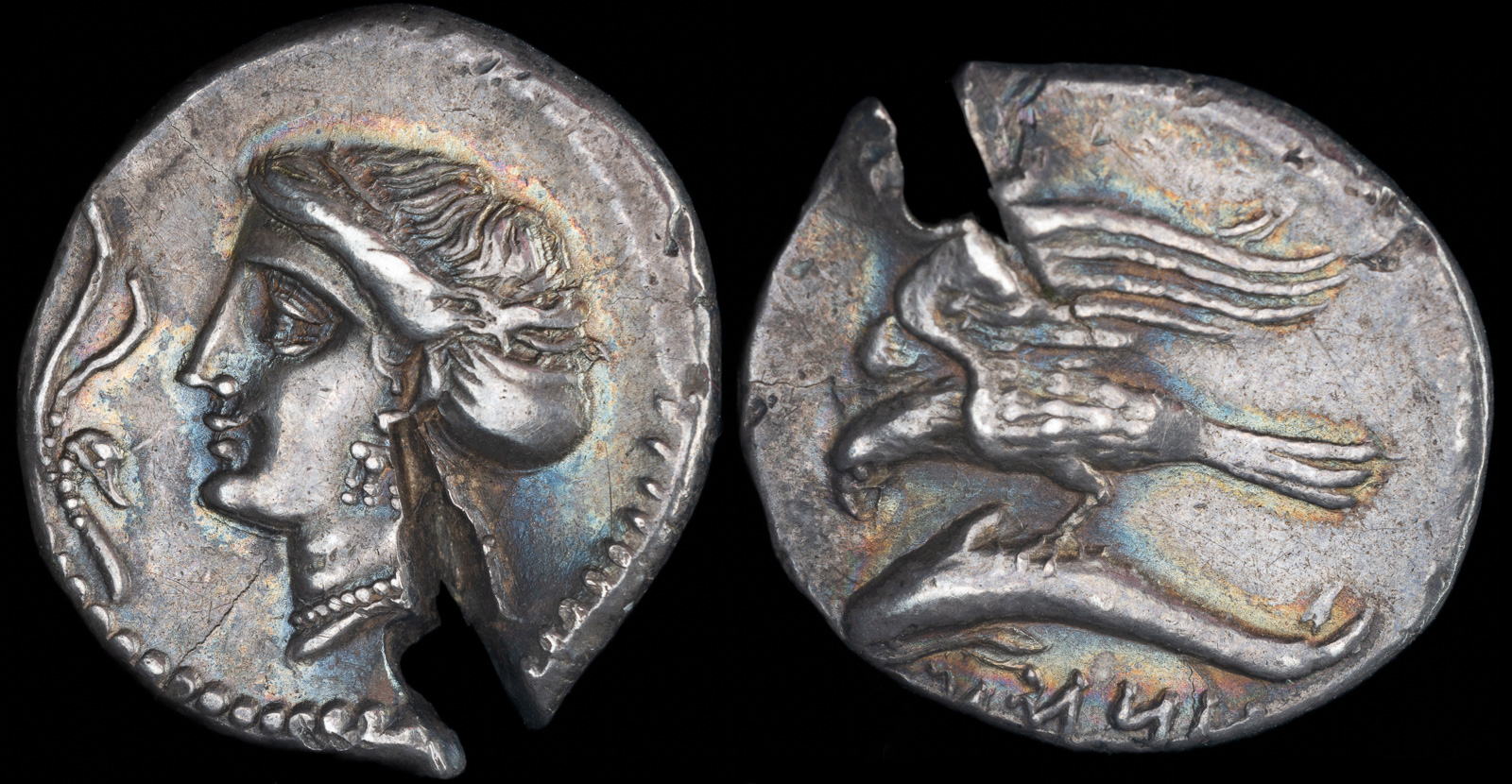Earring
View All Tags
In the early periods of Greek history, earrings were typically simple and modest, often crafted from bronze, silver, or gold. These earrings were relatively small and might have consisted of simple hoops or studs. As Greek artistry developed, especially during the Classical and Hellenistic periods, earrings became more elaborate, with intricate designs that incorporated geometric patterns, floral motifs, and depictions of deities or mythological scenes. Some earrings featured hanging pendants, which were often designed to sway gently with the wearer’s movements, creating a dynamic and eye-catching effect. The use of granulation (tiny gold beads) and filigree (delicate threads of gold twisted into patterns) became especially popular, showcasing the high level of skill that Greek goldsmiths possessed. These techniques allowed for the creation of highly detailed and intricate designs, often mimicking nature or symbolic themes.
In the Hellenistic period, Greek earrings became more ornate and larger in scale, influenced by the opulence of the courts of the Diadochi (the generals of Alexander the Great) and the growing wealth of the Mediterranean world. Earrings from this period might feature precious stones such as amber, onyx, agate, or turquoise, which were set into elaborate gold settings. Some earrings were crafted to resemble animals, human faces, or mythological creatures, offering a personal connection to Greek beliefs and values. This era also saw the introduction of earrings with moving parts or mechanisms that allowed pendants or drops to swing, creating a lively visual effect. The increasing sophistication of these earrings was a reflection of both the artistic innovation and the increasing wealth and influence of Greek society.
The role of earrings in Greek culture was not purely aesthetic. They were also symbolic, often signifying a woman’s social status or marital status. Wealthier women would wear larger, more ornate earrings, often paired with other pieces of jewelry, such as necklaces, bracelets, and diadems, to signal their status. Earrings also had personal significance, as they were frequently worn as part of rituals or in connection with religious practices. The imagery on earrings could carry symbolic meaning, invoking the protection or favor of deities such as Aphrodite, Athena, or Artemis.
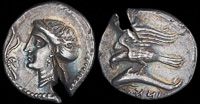
Abdasan, 360-330 BCE

Abydos, Troas 3rd century BCE

Agathokles of Syracuse 317-289 BCE
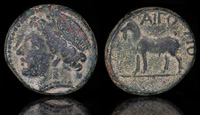
Aigiospotamoi, Thrace 4th cen BCE
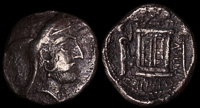
Bagadat of Persis 3rd century BCE
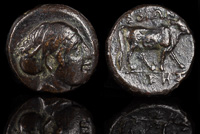
Boione, Aeolis 4th century BCE

Ephesos, Ionia 375-325 BCE
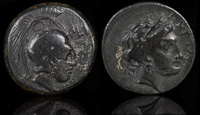
Gyrton, Thessaly 340-320 BCE

Gyrton, Thessaly 340-320 BCE

Iolkos, Thessaly mid 4th cent BCE

Kardia, Chersonese 350-309 BCE
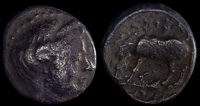
Larissa, Thessaly 380-337 BCE
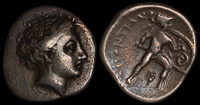
Lokris Opuntti 369-338 BCE

Priansos, Crete 320-270 BCE

Samos, Ionia 408-380 BCE
